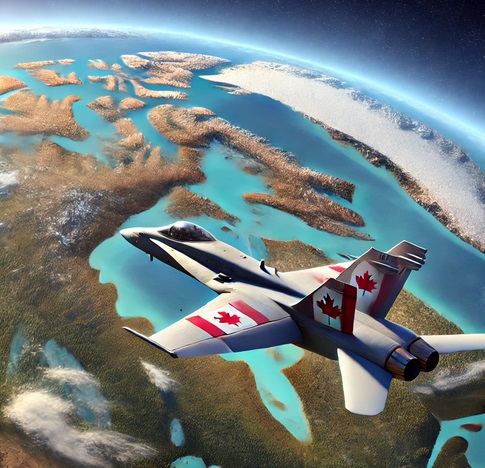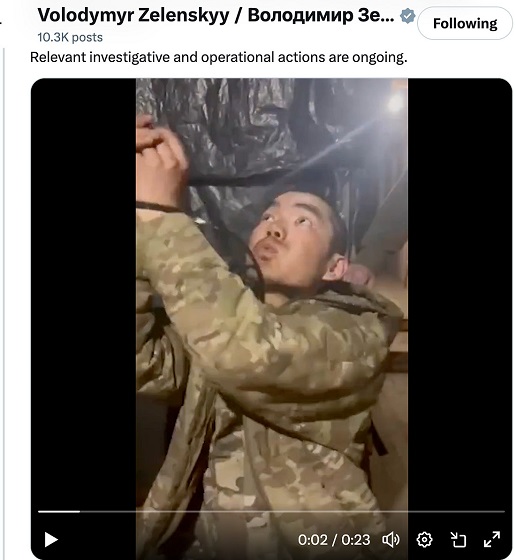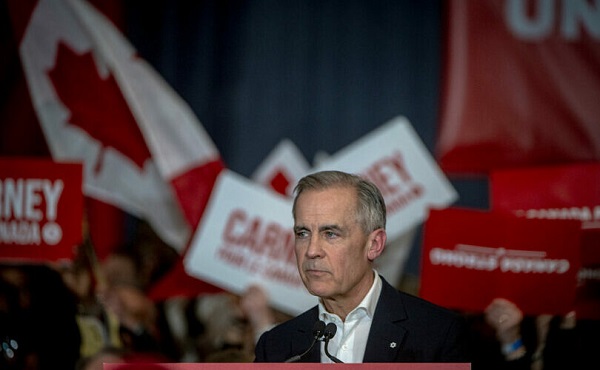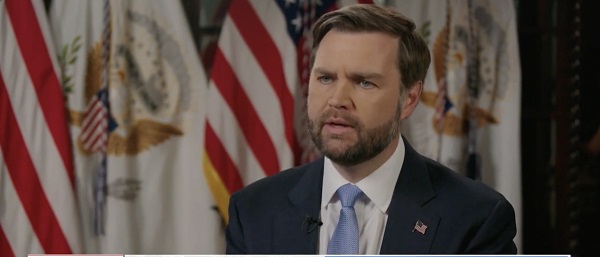Uncategorized
‘It doesn’t open’: Mosque survivors describe terror at door

WELLINGTON, New Zealand — When the gunman began to attack the Al Noor mosque, Ahmed Alayedy scrambled to get to the nearest emergency exit. He was the first one there.
“I tried to open the door,” he said. “But it doesn’t open.”
Alayedy and other survivors of the March 15 mosque attacks in New Zealand have described to The Associated Press a scene of confusion and terror at the door on one side of the main prayer room, in the first accounts of the role the door played.
Alayedy said so many people began crushing him against the door that some of his ribs cracked. Another survivor, Khaled Alnobani, says he thinks as many as 17 people may have died trying to get out through the door.
Investigators have likely examined a new electric locking system installed on the door in the days before the attack. The mosque says an electrician disabled that system the day before the attack, although some of those who escaped question whether that was the case. What is clear is that nobody managed to open the door that afternoon.
With the gunman in the middle of the room, the door represented the only escape route for those on one side of him, at least until people started smashing windows to get out.
Fifty people were slaughtered by the gunman at two Christchurch mosques during the attack, including 42 who died at Al Noor. Alayedy and others say that if the door had been wide open like it typically was during Friday prayers, many more people might have escaped.
Shagaf Khan, the president of the Muslim Association of Canterbury which oversees the mosque, said the door was closed and latched much like the front door of a house. He said it wasn’t locked, although worshippers may have believed it was in the confusion.
He said an electrician had tested the new electric locking system on Thursday, and then disengaged it for Friday prayers. He said that to open the door, somebody needed to turn a lever. It was just happenstance, and perhaps the cool weather that day, he said, which meant the door wasn’t wide open as usual.
“On any other Friday, the door would be open,” he said. “But on this Friday, nobody opened that door.”
He said he agreed that more people would have escaped if the door had been open.
“If it had been completely open, it would have been easy for people to get out,” he said. “But nobody was prepared for this. We were prepared for an emergency like a fire or an earthquake, and people would still have time to get out. This is something totally different. You don’t put this in your emergency plan.”
Alayedy said that in the confusion, he can’t be sure if he simply failed to turn the lever properly or if something else stopped the door from opening.
Alnobani, said he, too, tried to open the door and it didn’t work, and he’s familiar with the lever. He said he believes the door was electronically locked. Simply pushing a button next to the door would have unlocked it, he said, but nobody knew about the new system.
Khan said the mosque was in compliance with regulations, which require emergency exits to be clear from objects, easily accessible, and unlocked.
Police said the scene examination is part of their investigation and they will not be commenting while the investigation is ongoing.
Robert Wright, the Christchurch City Council head of building consents, said in an email the mosque was in compliance with the Building Act at the time of the attacks and had a valid certificate known as a “Building Warrant of Fitness.”
Alayedy, 30, said that on the day of the attack, he’d been listening to a holy speech by imam Gamal Fouda when he heard six or seven shots. He thought it was an electrical fault at first but then heard screaming and ran for the door.
“All the brothers come in behind each other, on top of each other,” he said.
Because he couldn’t open the door, he said, he tried punching the hexagonal piece of glass in the lower part of the door. When that didn’t work, he drove his knee through it, shattering the glass, and then kicked it out. He crawled through and ran for safety.
Alayedy, a chef from Jordan who moved to New Zealand nine years ago, said he thought about his family back at their house as he ran. His pregnant wife, his 3-year-old son, and the baby daughter they hope to have within the next couple of weeks.
Behind the mosque, Alayedy said, he began helping people to escape over a fence but couldn’t get over it himself because of his injured ribs.
Another survivor provided a second escape route near the door by diving through a window with his arm wrapped around his eyes. Tarik Chenafa said he heard a tat-tat-tat-tat-tat and knew right away it was a semi-automatic weapon from his two years of compulsory military training in the Algerian army.
“I know someone is coming to kill us,” he said.
Alnobani said that when he first came to the mosque that Friday, he’d noticed the side door was shut and considered opening it but then saw there were some older worshippers. It was a little cold and windy outside, he figured, so he left it alone.
Alnobani said he also managed to crawl through the door’s smashed glass and run. He returned to help rescue a young boy whose father was shoving him through the opening, he said, and then helped the father as well.
“I tried to save the child, and I thought maybe I lose my life,” he said. “But I am just alone,” he said, adding “He had more than me to lose.”
When he tried to help a third person through the opening, Alnobani said, that man was shot. The gunman walked out of the mosque to get another gun from his car, Alnobani said, and began shooting at him when he returned. But he managed to escape, and then drove two injured people to the hospital.
The gunman acted quickly, mowing down people on both sides of the mosque. On the side opposite from the closed door, some worshippers were able to escape, but the gunman also killed many others as they tried to leave.
“And he was actually standing behind them, and he was shooting and shooting and shooting and shooting,” Fouda, the imam, told the AP after the attack. “Tragedy. Tragedy.”
Brenton Tarrant, a 28-year-old Australian, has been charged with murder in the attack. His next court appearance is scheduled for April 5.
Chenafa said he’s still sad and confused, and finds it hard to sleep. And he doesn’t know what to believe about the door.
“There will be a lot of waiting to find out the truth,” he said.
Nick Perry, The Associated Press
Uncategorized
Poilievre on 2025 Election Interference – Carney sill hasn’t fired Liberal MP in Chinese election interference scandal

From Conservative Party Communications
“Yes. He must be disqualified. I find it incredible that Mark Carney would allow someone to run for his party that called for a Canadian citizen to be handed over to a foreign government on a bounty, a foreign government that would almost certainly execute that Canadian citizen.
“Think about that for a second. We have a Liberal MP saying that a Canadian citizen should be handed over to a foreign dictatorship to get a bounty so that that citizen could be murdered. And Mark Carney says he should stay on as a candidate. What does that say about whether Mark Carney would protect Canadians?
“Mark Carney is deeply conflicted. Just in November, he went to Beijing and secured a quarter-billion-dollar loan for his company from a state-owned Chinese bank. He’s deeply compromised, and he will never stand up for Canada against any foreign regime. It is another reason why Mr. Carney must show us all his assets, all the money he owes, all the money that his companies owe to foreign hostile regimes. And this story might not be entirely the story of the bounty, and a Liberal MP calling for a Canadian to be handed over for execution to a foreign government might not be something that the everyday Canadian can relate to because it’s so outrageous. But I ask you this, if Mark Carney would allow his Liberal MP to make a comment like this, when would he ever protect Canada or Canadians against foreign hostility?
“He has never put Canada first, and that’s why we cannot have a fourth Liberal term. After the Lost Liberal Decade, our country is a playground for foreign interference. Our economy is weaker than ever before. Our people more divided. We need a change to put Canada first with a new government that will stand up for the security and economy of our citizens and take back control of our destiny. Let’s bring it home.”
Uncategorized
Canada Needs A Real Plan To Compete Globally

From the Frontier Centre for Public Policy
Ottawa’s ideological policies have left Canada vulnerable. Strategic action is needed now
As Canada navigates an increasingly complex geopolitical landscape, the next federal government must move beyond reflexive anti—Americanism regardless of its political leanings. Instead, Canada should prioritize national interests while avoiding unnecessary conflict and subservience.
The notion that Canada can stand alone is as misguided as the idea that it is only an economic appendage of the United States. Both perspectives have influenced policy in Ottawa at different times, leading to mistakes.
Rather than engaging in futile name-calling or trade disputes, Canada must take strategic steps to reinforce its autonomy. This approach requires a pragmatic view rooted in Realpolitik—recognizing global realities, mitigating risks, governing for the whole country, and seizing opportunities while abandoning failed ideologies.
However, if Washington continues to pursue protectionist measures, Canada must find effective ways to counteract the weakened position Ottawa has placed the country in over the past decade.
One key strategy is diversifying trade relationships, notably by expanding economic ties with emerging markets such as India and Southeast Asia. This will require repairing Canada’s strained relationship with India and regaining political respect in China.
Unlike past Liberal trade missions, which often prioritized ideological talking points over substance, Canada must negotiate deals that protect domestic industries rather than turning summits into platforms for moral posturing.
A more effective approach would be strengthening partnerships with countries that value Canadian resources instead of vilifying them under misguided environmental policies. Expand LNG exports to Europe and Asia and leverage Canada’s critical minerals sector to establish reciprocal supply chains with non-Western economies, reducing economic reliance on the U.S.
Decades of complacency have left Canada vulnerable to American influence over its resource sector. Foreign-funded environmental groups have weakened domestic energy production, handing U.S. industries a strategic advantage. Ottawa must counter this by ensuring Canadian energy is developed at home rather than allowing suppressed domestic production to benefit foreign competitors.
Likewise, a robust industrial policy—prioritizing mining, manufacturing, and agricultural resilience—could reduce dependence on U.S. and Chinese imports. This does not mean adopting European-style subsidies but rather eliminating excessive regulations that make Canadian businesses uncompetitive, including costly domestic carbon tariffs.
Another key vulnerability is Canada’s growing military dependence on the U.S. through NORAD and NATO. While alliances are essential, decades of underfunding and neglect have turned the Canadian Armed Forces into little more than a symbolic force. Canada must learn self-reliance and commit to serious investment in defence.
Increasing defence spending—not to meet NATO targets but to build deterrence—is essential. Ottawa must reform its outdated procurement processes and develop a domestic defence manufacturing base, reducing reliance on foreign arms deals.
Canada’s vast Arctic is also at risk. Without continued investment in northern sovereignty, Ottawa may find itself locked out of its own backyard by more assertive global powers.
For too long, Canada has relied on an economic model that prioritizes federal redistribution over wealth creation and productivity. A competitive tax regime—one that attracts investment instead of punishing success—is essential.
A capital gains tax hike might satisfy activists in Toronto, but it does little to attract investments and encourage economic growth. Likewise, Ottawa must abandon ideological green policies that threaten agri-food production, whether by overregulating farmers or ranchers. At the same time, it must address inefficiencies in supply management once and for all. Canada must be able to feed a growing world without unnecessary bureaucratic obstacles.
Ottawa must also create an environment where businesses can innovate and grow without excessive regulatory burdens. This includes eliminating interprovincial trade barriers that stifle commerce.
Similarly, Canada’s tech sector, long hindered by predatory regulations, should be freed from excessive government interference. Instead of suffocating innovation with compliance mandates, Ottawa should focus on deregulation while implementing stronger security measures for foreign tech firms operating in Canada.
Perhaps Ottawa’s greatest mistake is its knee-jerk reactions to American policies, made without a coherent long-term strategy. Performative trade disputes with Washington and symbolic grandstanding in multilateral organizations do little to advance Canada’s interests.
Instead of reacting emotionally, Canada must take proactive steps to secure its economic, resource, and defence future. That is the role of a responsible government.
History’s best strategists understood that one should never fight an opponent’s war but instead dictate the terms of engagement. Canada’s future does not depend on reacting to Washington’s policies—these are calculated strategies, not whims. Instead, Canada’s success will be determined by its ability to act in the interests of citizens in all regions of the country, and seeing the world as it is rather than how ideological narratives wish it to be.
Marco Navarro-Génie is the vice president of research at the Frontier Centre for Public Policy. With Barry Cooper, he is co-author of Canada’s COVID: The Story of a Pandemic Moral Panic (2023).
-

 conflict2 days ago
conflict2 days agoZelensky Alleges Chinese Nationals Fighting for Russia, Calls for Global Response
-

 2025 Federal Election2 days ago
2025 Federal Election2 days agoAn In-Depth Campaign Trail “Interview” With Pierre Poilievre
-

 2025 Federal Election2 days ago
2025 Federal Election2 days agoHarper Endorses Poilievre at Historic Edmonton Rally: “This Crisis Was Made in Canada”
-

 John Stossel1 day ago
John Stossel1 day agoGovernment Gambling Hypocrisy: Bad Odds and No Competition
-

 2025 Federal Election2 days ago
2025 Federal Election2 days agoMark Carney pledges another $150 million for CBC ahead of federal election
-

 Alberta1 day ago
Alberta1 day agoAlberta’s embrace of activity-based funding is great news for patients
-

 2025 Federal Election2 days ago
2025 Federal Election2 days agoWATCH: Massive Crowd for Historic Edmonton Poilievre Rally
-

 2025 Federal Election21 hours ago
2025 Federal Election21 hours agoCommunist China helped boost Mark Carney’s image on social media, election watchdog reports









